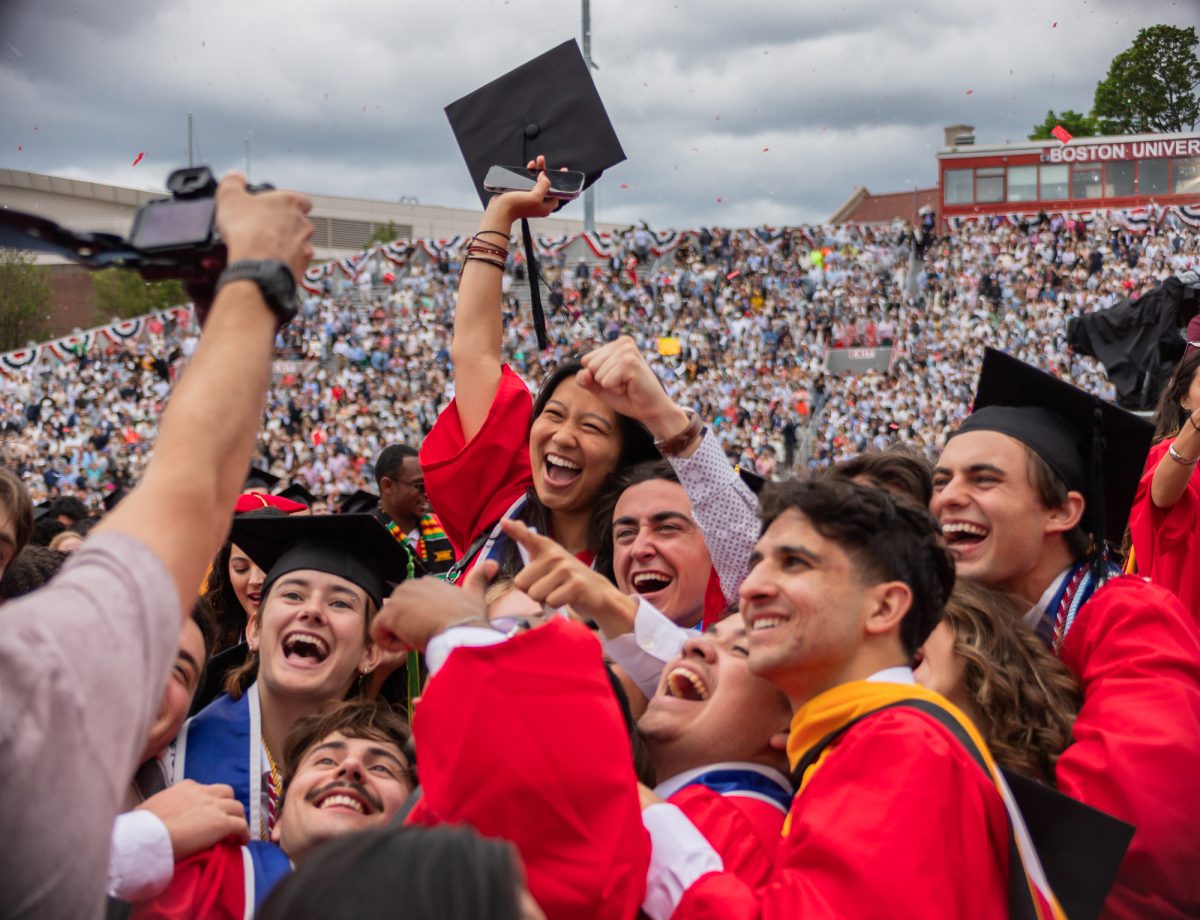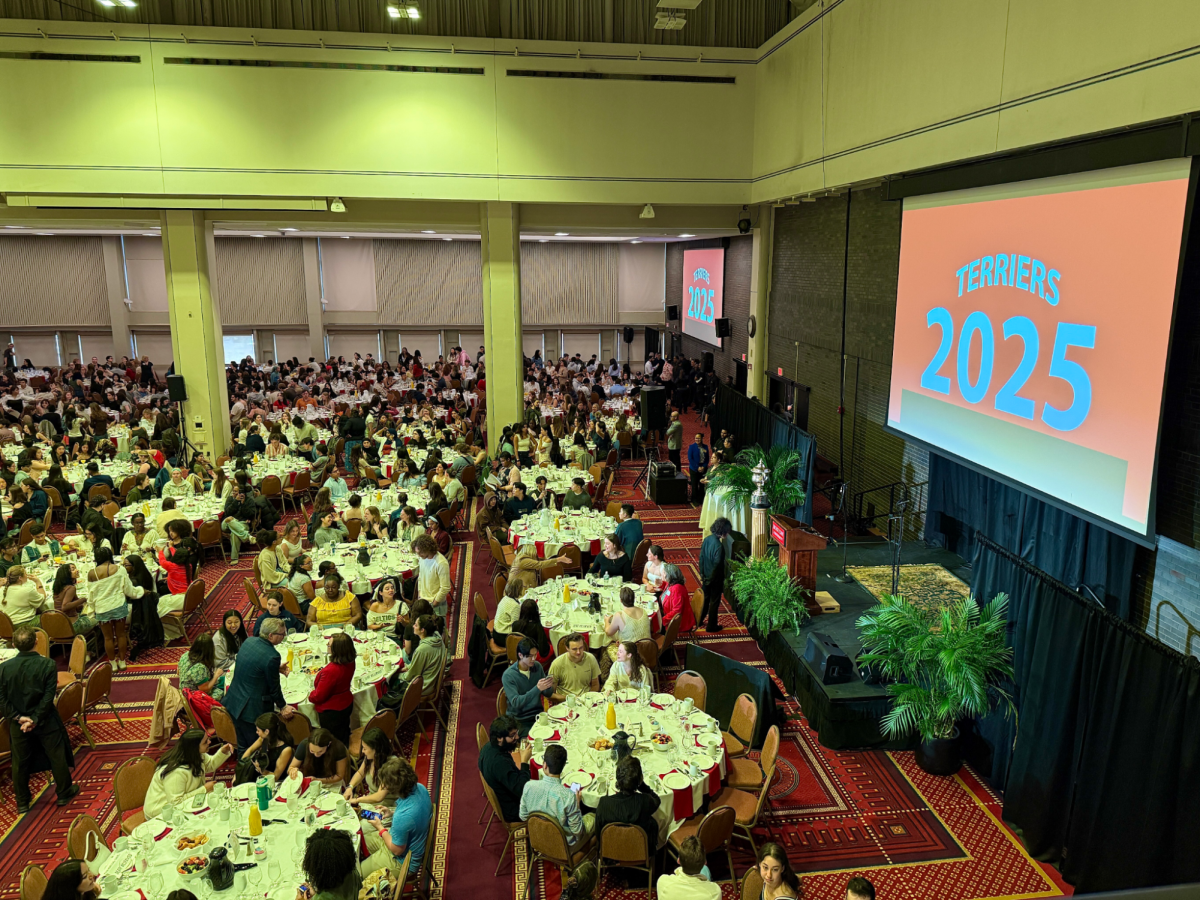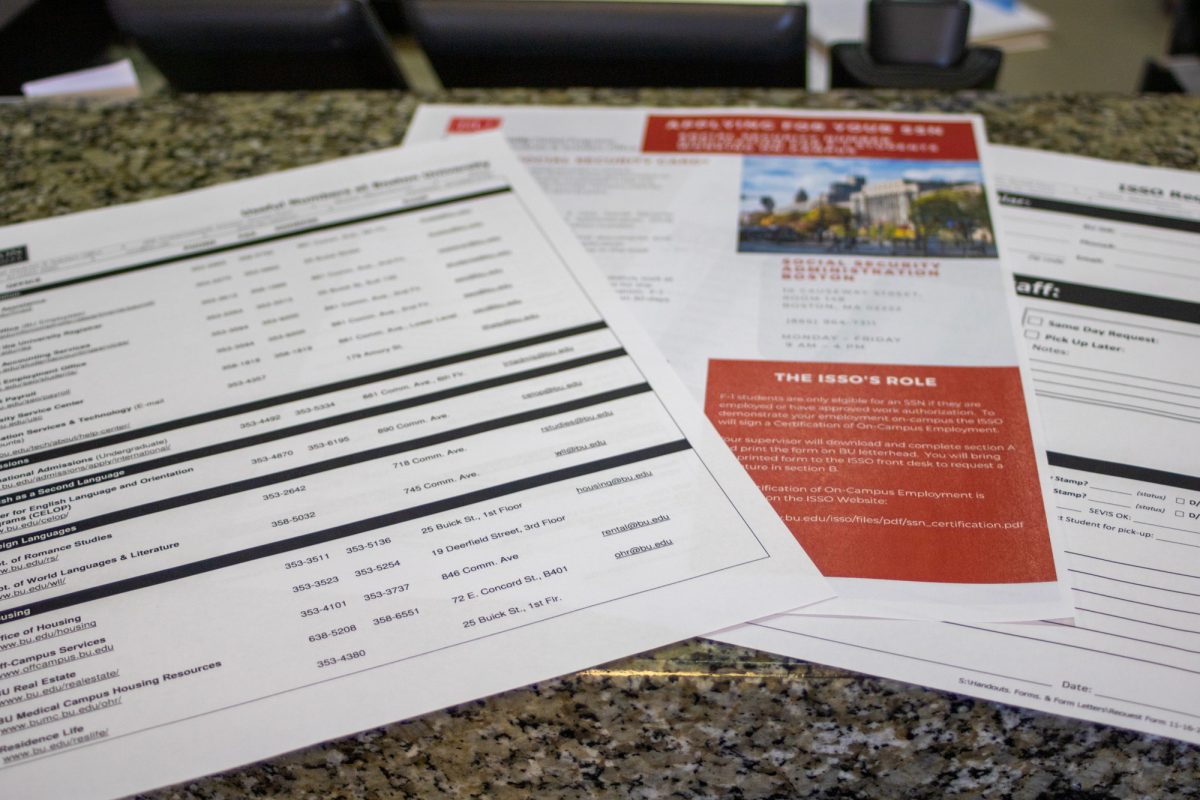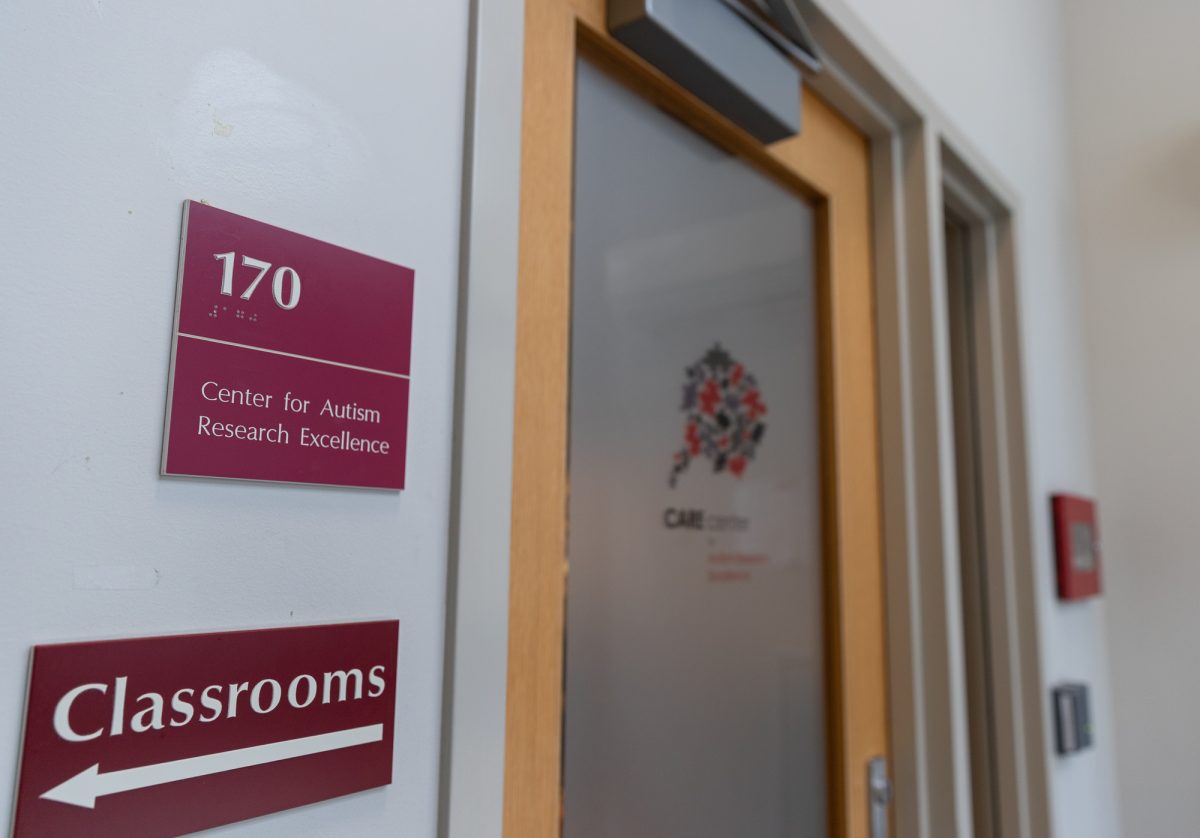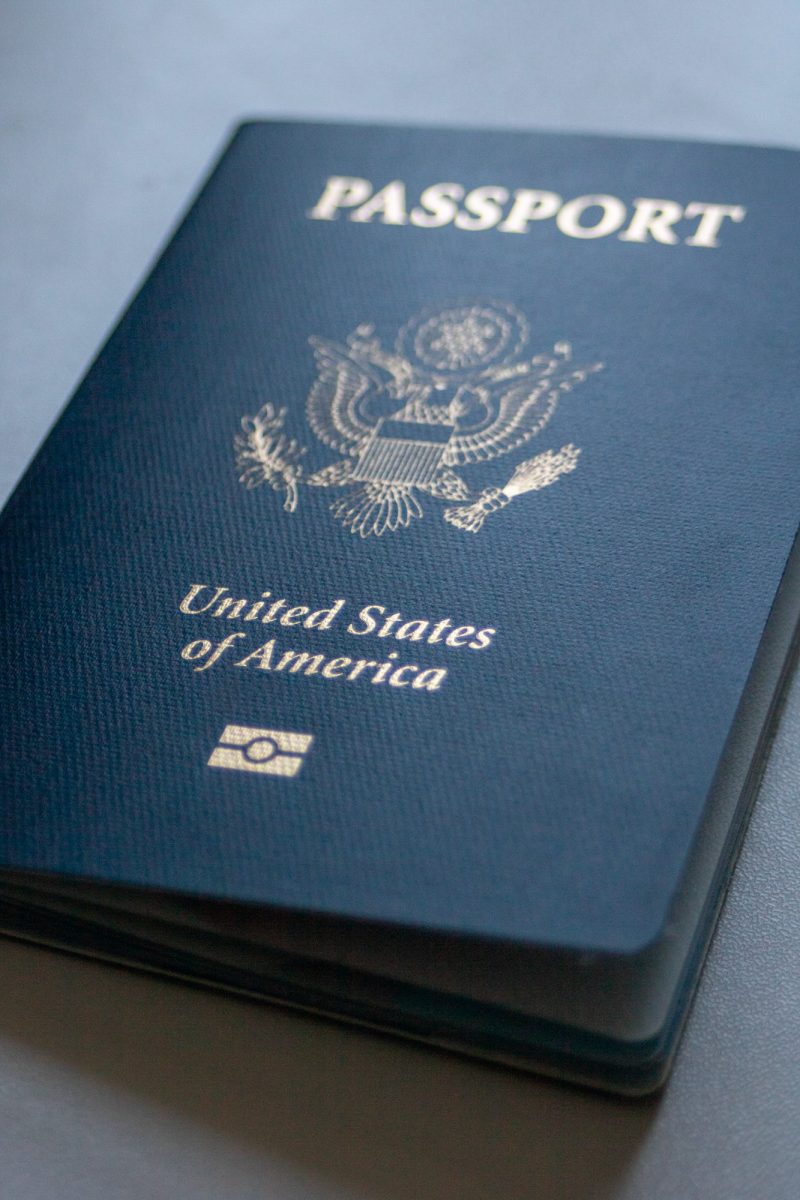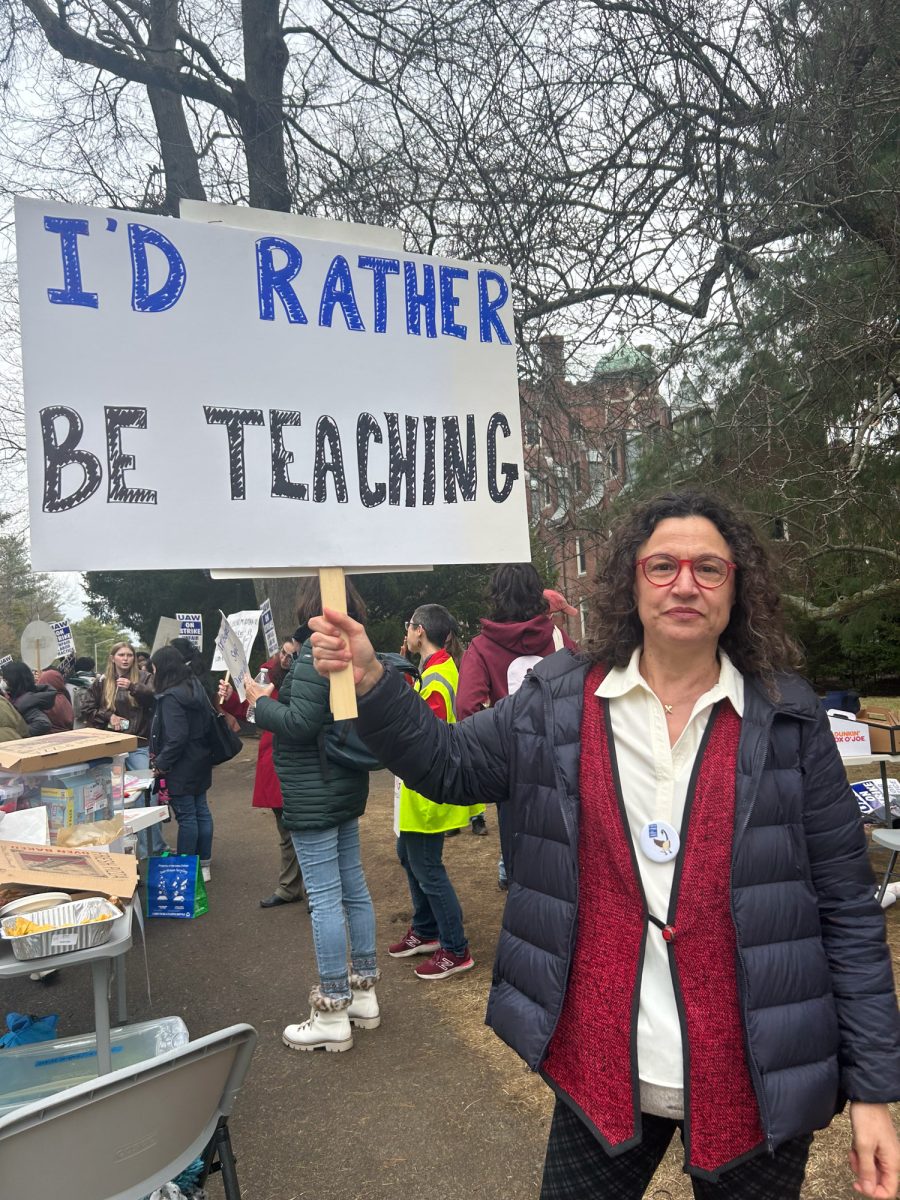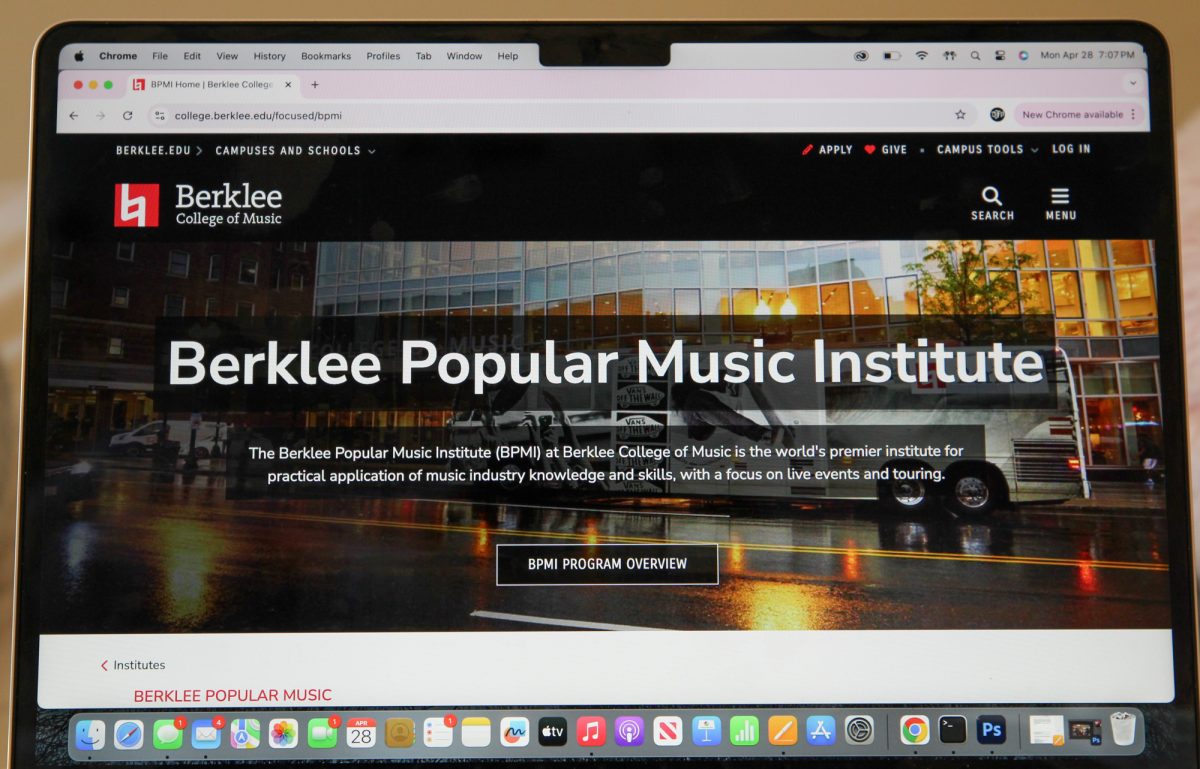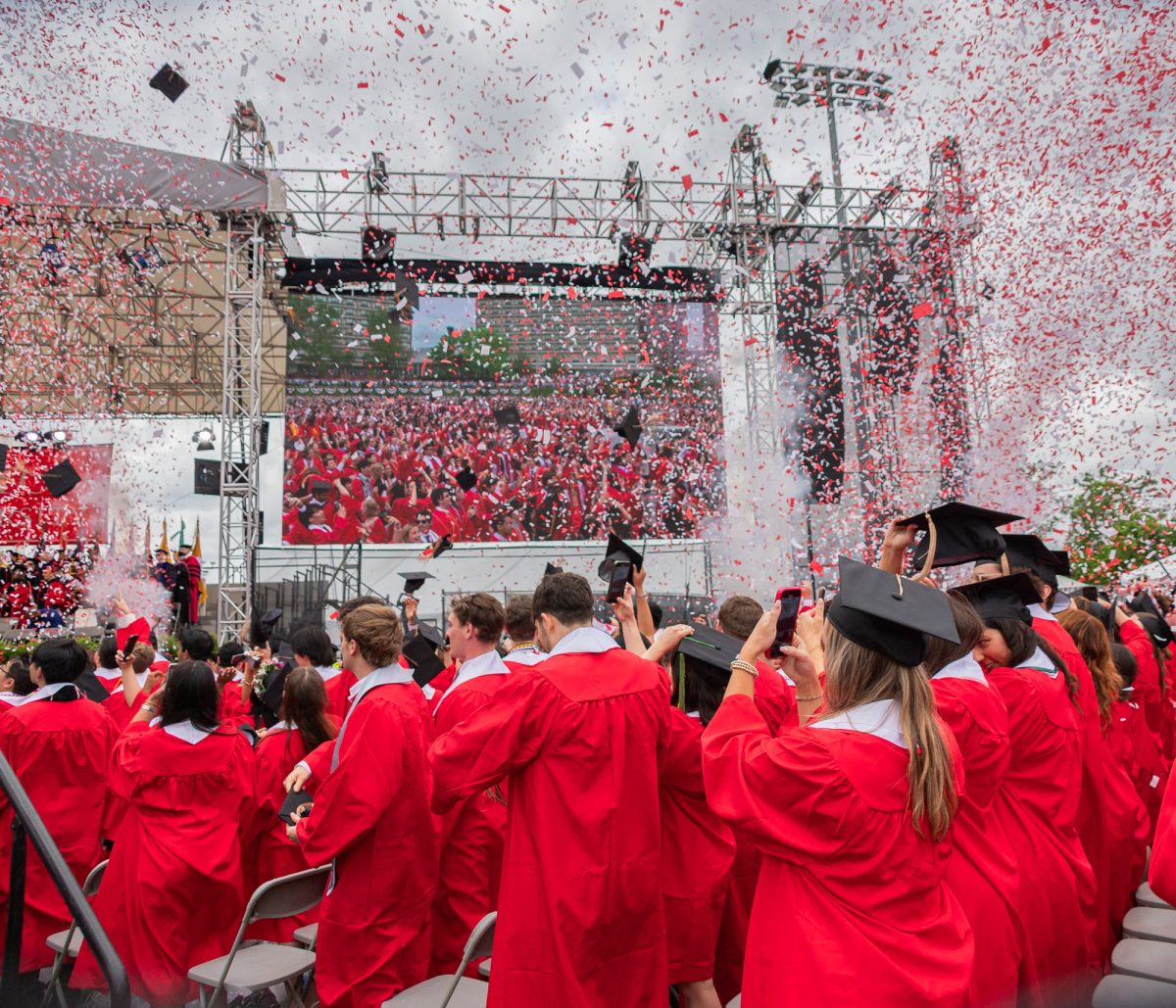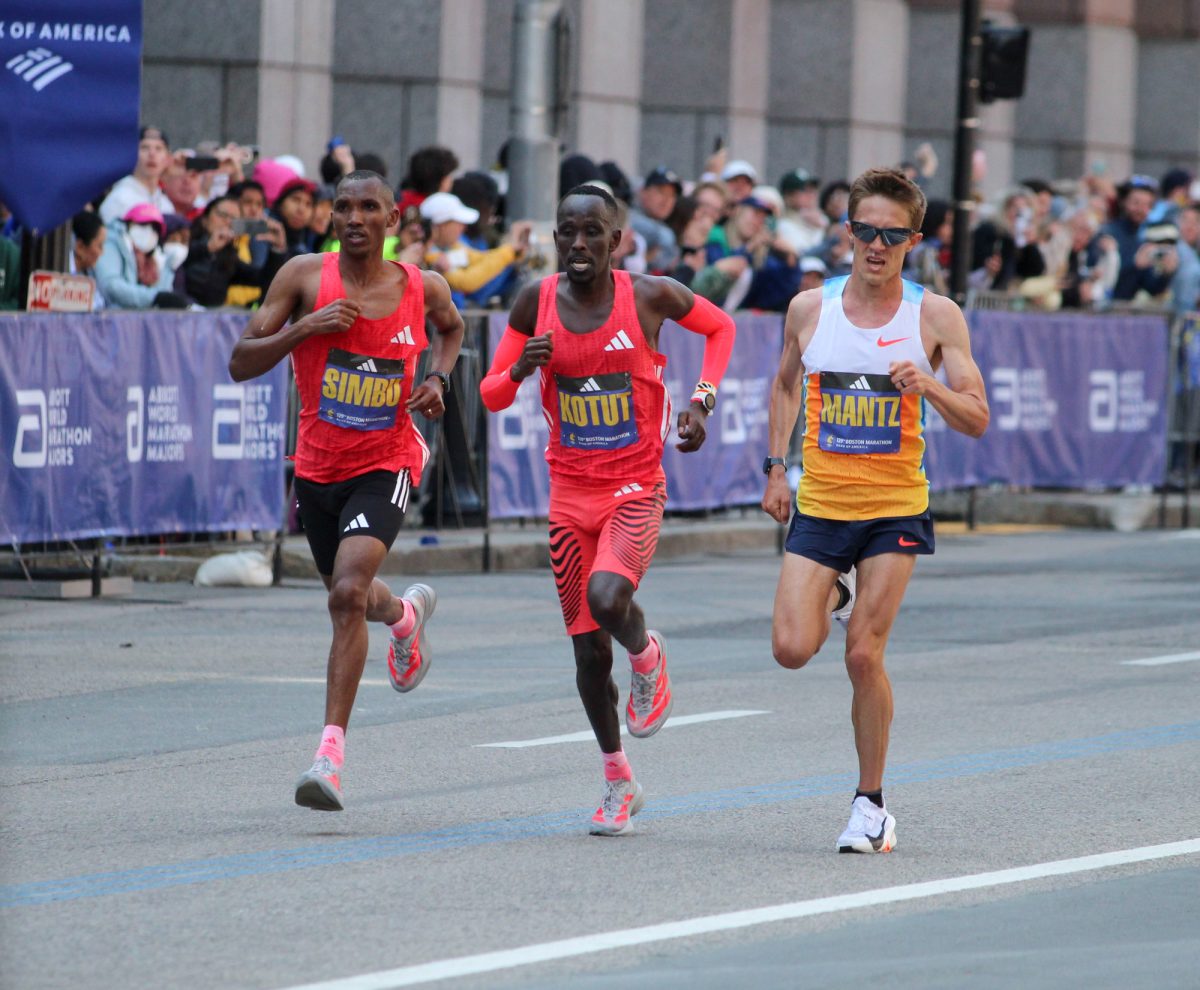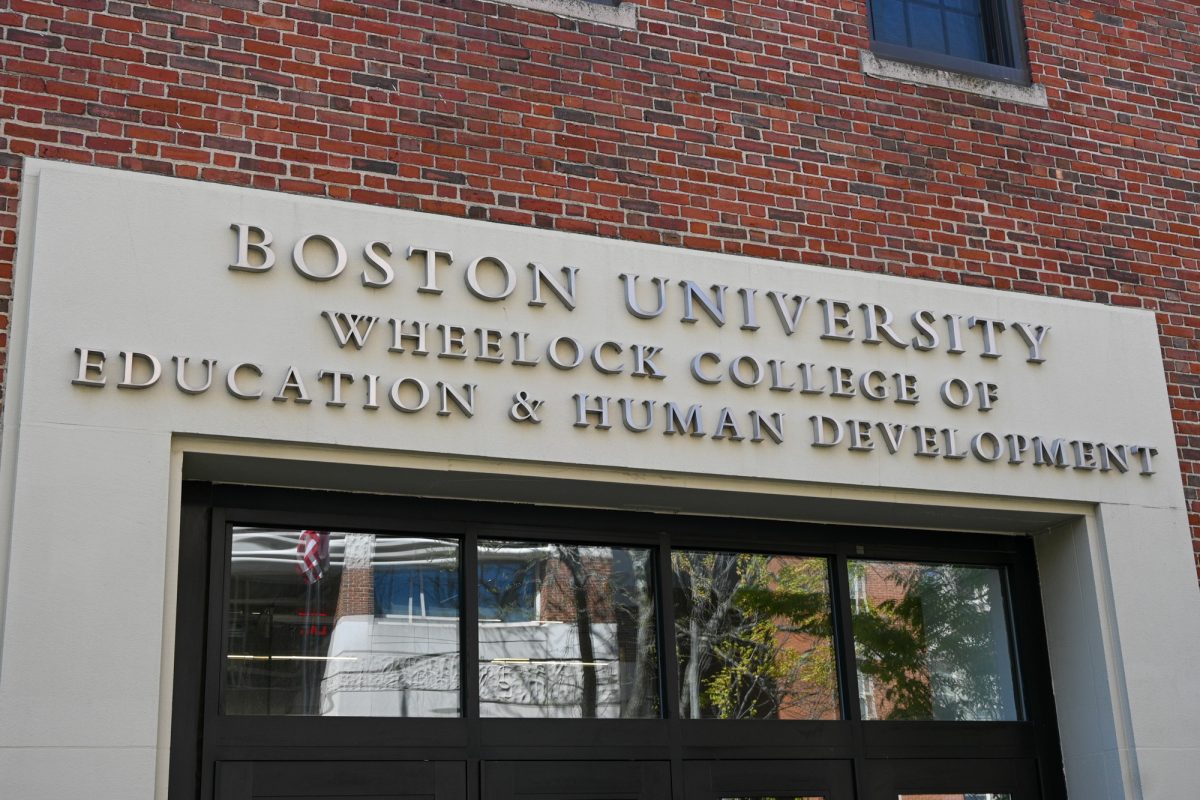The Boston University Bridge will likely undergo a makeover to address visual, safety and environmental concerns, officials said at a public meeting last night in the Cambridge City Hall Annex.
About a dozen Cambridge Conservation Commission members joined engineers, citizens and advocacy group representatives Monday to discuss renovations for the 80-year-old bridge. STV Group Inc., the firm contracted by the Massachusetts Department of Conservation and Recreation to oversee construction on the bridge, gave a presentation on the proposed renovations.
“It’s seen a lot of use,” engineer Jerome MacKenzie said of the span. “The specific part that needs work is the deck of the entire bridge. It basically needs to be replaced.”
Pending approval, the renovation will take place under a $3 billion plan approved by Gov. Deval Patrick to revamp or reconstruct 250 to 300 Massachusetts bridges in need of repair, according to a Massachusetts Highway Department press release.
The construction, projected to last up to three years, will replace the bridge and improve upon it, adding more separation between the sidewalk and road with “small steel rails” and building a new drainage system, MacKenzie said.
Runoff currently exits through holes between 40 and 50 feet apart that enter directly into the river, unfiltered, MacKenzie said. The new system will collect runoff in “catch-basins” that will filter the water before it hits the river.
“That’s going to remove 80 to 90 percent of the material in there and send, hopefully, a lot cleaner water back into the Charles,” he said.
The construction will be completed in three phases, totaling an estimated $12.5 million, DCR press secretary Wendy Fox said. Each phase calls for the demolition and reconstruction of the bridge deck starting with easterly bridges.
During the construction on deck sides, the usual four lanes of traffic will be reduced to two, Fox said. One sidewalk will be shut down, limiting pedestrian traffic to the usable side until the project is complete.
The CCC, Cambridge residents and advocacy groups raised a variety of concerns at the meeting with a focus on maintaining the surrounding wildlife and habitat.
“There’s been no discussion about how you’re going to re-vegetate the area, which is a major concern for us,” CCC Director Jennifer Wright said.
Environmental groups discussed the potential effects of construction on migratory birds and waterfowl, especially those which gain access to the water from the shore. Public comment on the project has been delayed until after the application is approved, CCC Chairwoman Kaki Martin said.
LivableStreets Alliance spokesman Charlie Denison said the postponement of public comment was disappointing to many in attendance who had complaints and suggestions about the project.
“The main frustration has been zero public process,” he said. “Many advocacy groups have been unsuccessful, hoping that DCR will collaborate with them.”


